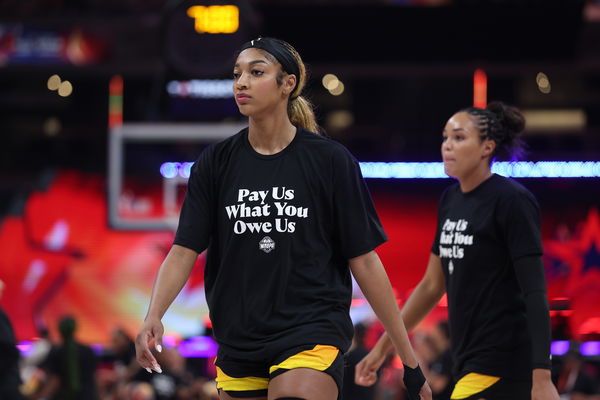Latest WNBA News

Veteran WNBA Voice Pacifies Angel Reese Fans Over Candace Parker’s Ranking Controversy
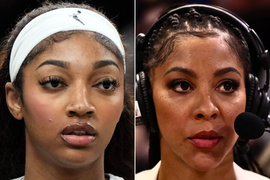
Sophie Cunningham Sends Strong Message to Cathy Engelbert After Being Punished for Having Caitlin Clark’s Back
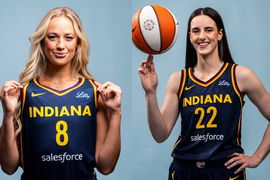
Sophie Cunningham to the Rescue as Indiana Star Exposes WNBA Crisis Hurting 155 Players
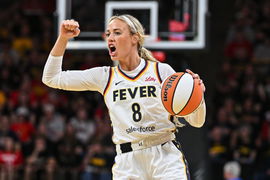
Indiana Fever’s Viral DeWanna Bonner Message Ignites Name-Calling Chaos Among WNBA Fans
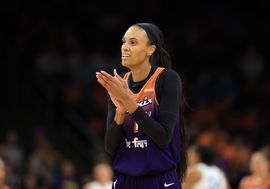
Dallas HC Echoes Locker Room Issues After Paige Bueckers’ 21-Point WNBA Milestone
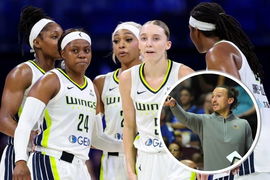

WNBA Videos
More WNBA News
WNBA Fans Rip Indiana Fever Reporter Over Viral Blunder About DeWanna Bonner’s Partner
DeWanna Bonner faced boos in Indiana, and a Fever reporter’s mistake misidentifying her fiancée drew sharp criticism from WNBA fans.
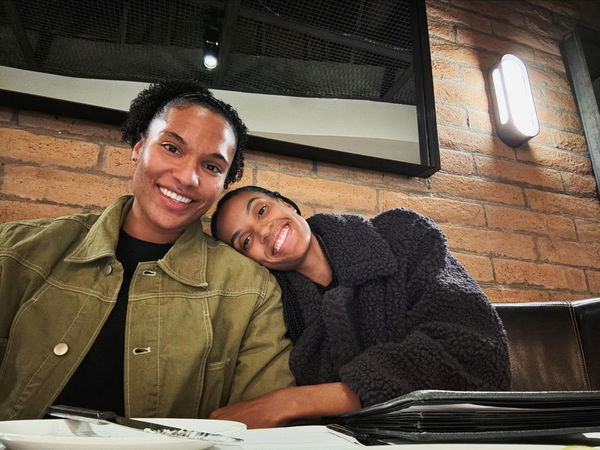
96 WNBA Players Warned About Caitlin Clark in NBC Sports’ Strong Indiana Fever Prediction
Caitlin Clark's recent injury is well-known across the league. But her absence has little to no effect on the re-energised Indiana Fever
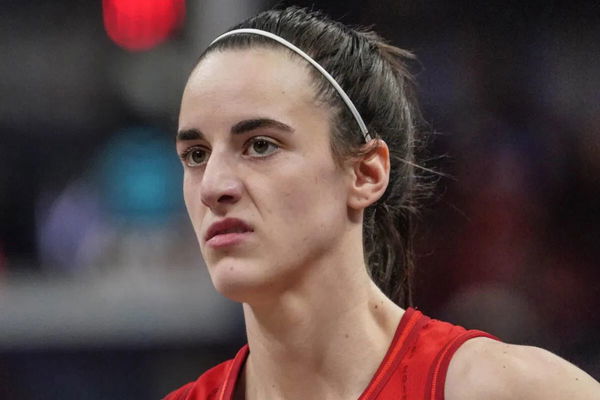
Chicago Sky’s Hailey Van Lith Leaves Fans Baffled With Unusual Take on Knicks’ Jalen Brunson
Hailey Van Lith just sparked unexpected NBA chaos over one surprising name drop—and it wasn’t on the court.
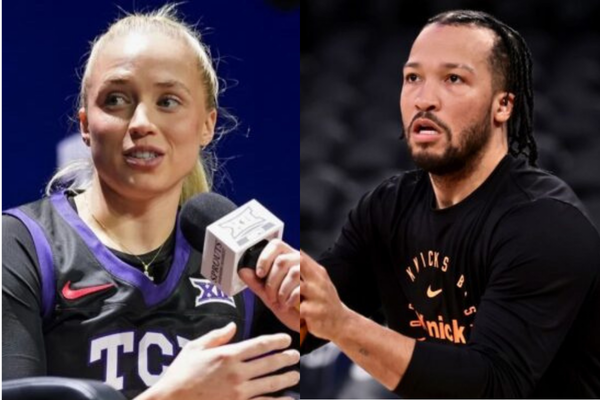
Washington Mystics vs Golden State Valkyries: Injury Report, Starting-5, Prediction, And More on Tonight’s WNBA Preview
It's Washington Mystics vs Golden State Valkyries. Can Golden State steal the seed without Billings, or will Citron lock down the win?
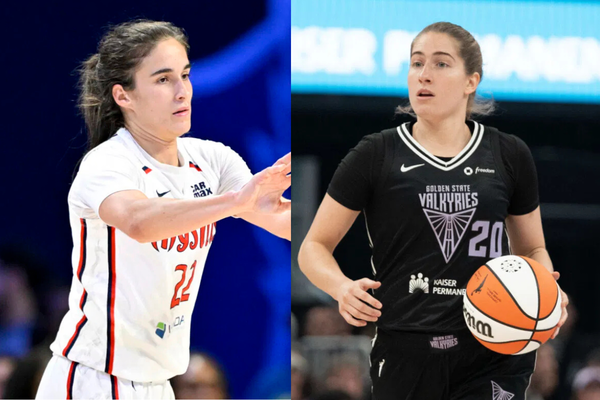
Caitlin Clark’s Teammate Issues Clear Statement to Distance Herself from DeWanna Bonner Incident
Caitlin Clark's teammate distances herself from the treatment of DeWanna Bonner by the Fever fans tonight during the game against the Mercury
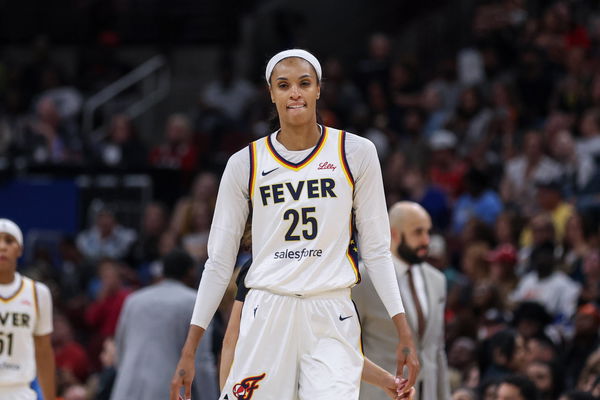
Dallas Wings HC Admits Blunder That Handed Dream Last Second Victory After Brittney Griner Ejection
Dallas Wings coach gives the reason behind their loss against the Atlanta Dream despite the ejection of Brittney Griner
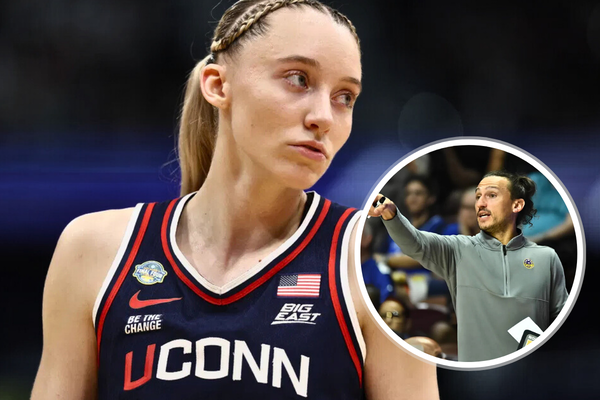
Indiana Fever Leak Locker Room Footage Featuring Caitlin Clark & Co. After Mercury Win
Indiana Fever release locker room footage featuring Caitlin Clark which shows the happy atmosphere after the win against Phoenix

Angel Reese’s Spiritual Post Backfires as Fans Remind Her of Controversial On-Court Act
Angel Reese receives severe online backlash, as a cheeky comment on a social media post heavily backfires.
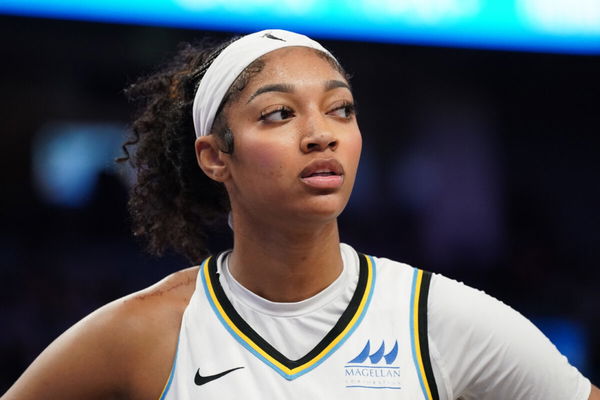
Indiana Fever Miss Chance to Eclipse Mercury Record Despite Aari McDonald-Fueled Milestone
The Indiana Fever erupted for a season-high 107 points in a statement win over the Mercury, led by Aari McDonald’s career night.

Angel Reese Hardly Troubled by WNBA All-Star in 20-Second Admission Amid Chicago Sky Woes
Angel Reese and the Chicago Sky just conceded a dominant victory to the Washington Mystics. Read to know more.
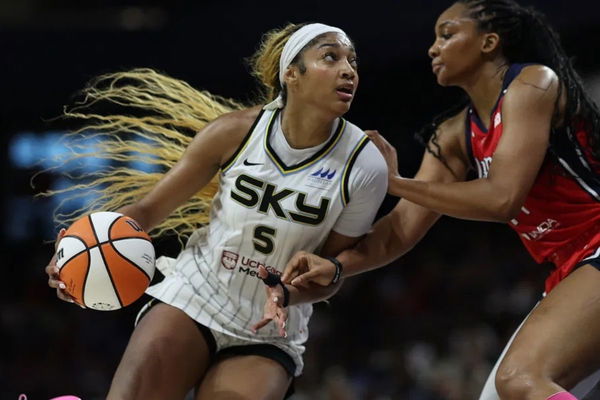
4x WNBA All-Star Shuts Down Indiana Fever Fans with Blunt Defense of DeWanna Bonner
Mercury teammate and 4x WNBA champion, fiercely defended DeWanna Bonner after Indiana Fever fans booed her return.

Visibly Angry Paige Bueckers Suffers Heartbreak vs Atlanta After Creating Major Record for Wings
Paige Bueckers hit a major milestone and went full clutch mode, but her heartbreak stole the headline in Dallas Wings vs Atlanta Dream.

WNBA Fans Divided Over Brittney Griner’s Ejection After Heated Exchange at Wings vs. Dream
Brittney Griner’s ejection against the Wings sparked heated debate among WNBA fans, here's what fans gotta say!
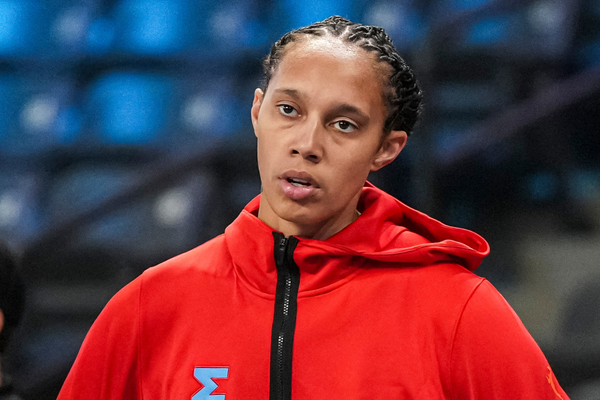
NY Liberty Coach’s Confirmation of Breanna Stewart Injury Draws Parallels to Caitlin Clark’s Return Scenario
Stars like Breanna Stewart and Caitlin Clark sidelined with no return dates, exposing the league’s brutal schedule and rising injury risk.
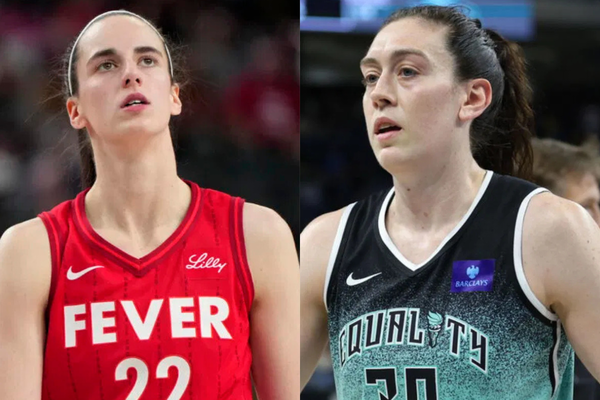
Why Was Brittney Griner Ejected vs Dallas Wings? Atlanta Dream Star’s Frustration Boils Over in Heated Moment
Brittney Griner gets ejected from the game against the Atlanta Dream. Read more to learn why that was the case
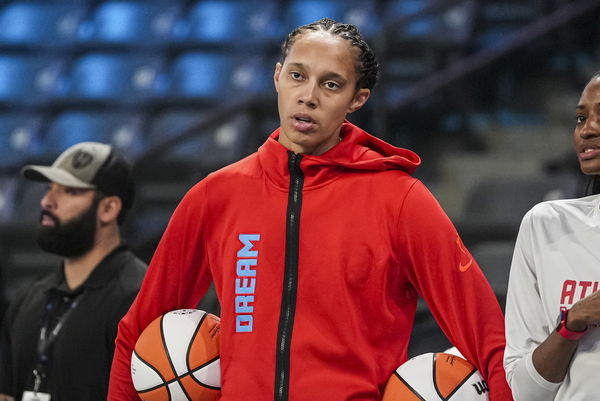
Is Paige Bueckers Having a Better Rookie Season Than Caitlin Clark?
Compare Paige Bueckers and Caitlin Clark’s 2024-2025 WNBA rookie seasons with official stats, records, milestones, and advanced analytics.

Sophie Cunningham Voices Support for Caitlin Clark’s WNBA Impact on Indiana Fever
Caitlin Clark's WNBA impact has been downplayed by many but her teammate, Sophie Cunningham is to the rescue once again.
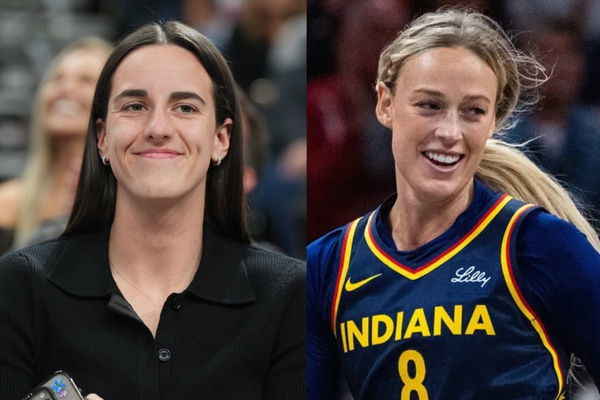
Caitlin Clark Reacts Instantly as DeWanna Bonner Struggles Against Indiana Fever Teammate’s Defense
Caitlin Clark's teammate's relentless defense shut down DeWanna Bonner in a symbolic showdown at Gainbridge Fieldhouse. Here's what CC did!
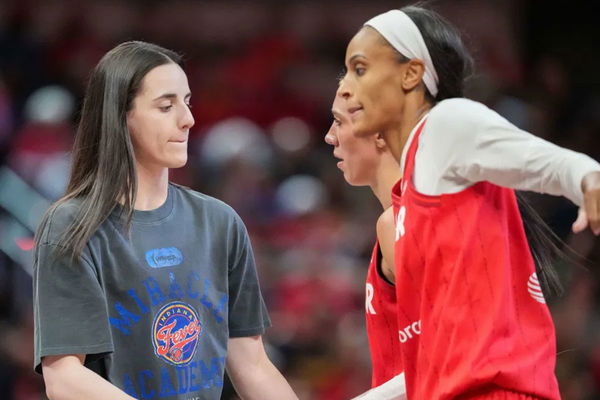
WNBA Broadcast Catches Alyssa Thomas Sending Heated Message to Indiana Fever Fans During Mercury Clash
The WNBA broadcast catches Alyssa Thomas in a verbal confrontation with a fan as the Mercury take on the Indiana Fever
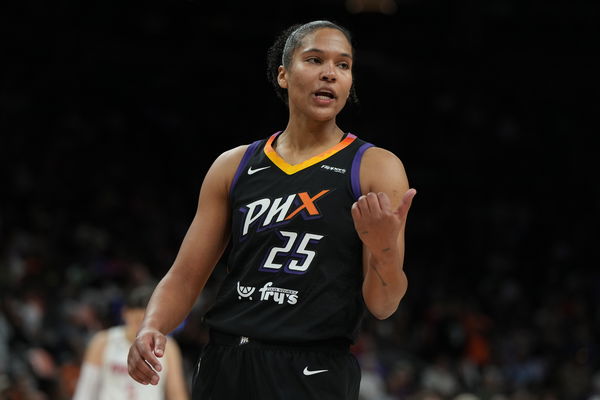
Indiana Fever Give Distasteful Response to DeWanna Bonner’s Return to Mercury After Shocking Trade
DeWanna Bonner faced Fever fans in her return to Indiana, highlighting lingering resentment over her abrupt mid-season exit, here's how!
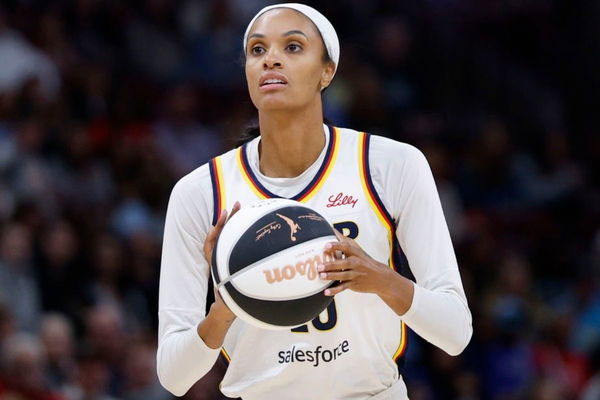
Candace Parker Shows True Character on Caitlin Clark & WNBA Stars’ ‘Pay Us What You Owe Us’ Protest
WNBA legend Candace Parker has given her take on the message of 'Pay Us What You Owe Us' during the all star weekend from the players.
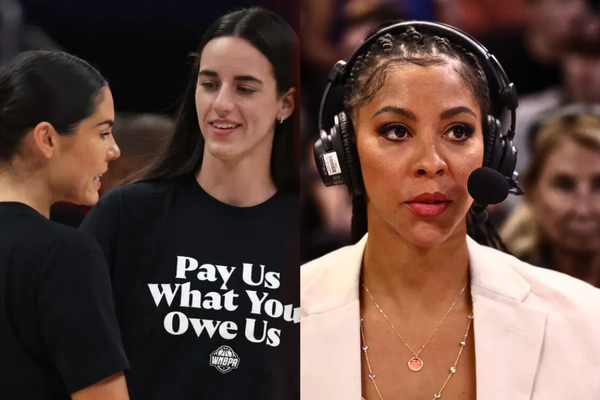
WNBA Fans Raise Concerns Over Dallas Wings’ Announcement on Paige Bueckers’ Indiana Fever Rematch
WNBA Fans voice concerns over the Dallas Wings' decision to change the venue for the rematch against the Indiana Fever.
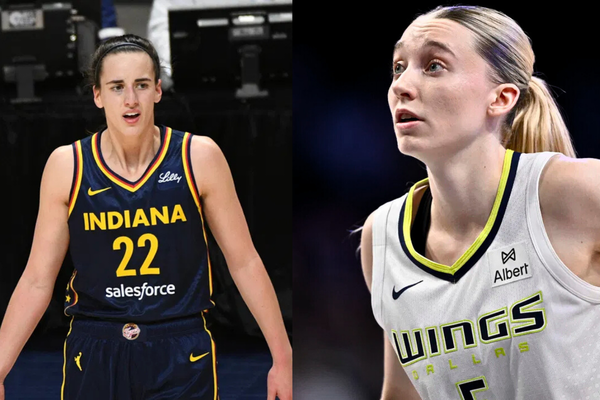
Sophie Cunningham Speaks for Caitlin Clark as She Reveals Phoenix Mercury Locker Room Hostility
Caitlin Clark's best defender is doing the 'enforcing' off the court as she provides insight on the harsh treatment of a rookie Clark.
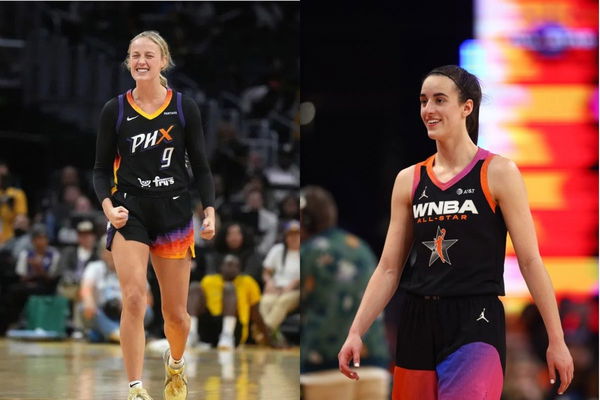
Candace Parker Challenges Angel Reese Fans After Viral WNBA Claim Amid Chicago Star’s Cryptic Response
With Candace Parker's latest podcast with Aliyah Boston doing rounds on social media, how could Angel Reese remain silent on the issue!
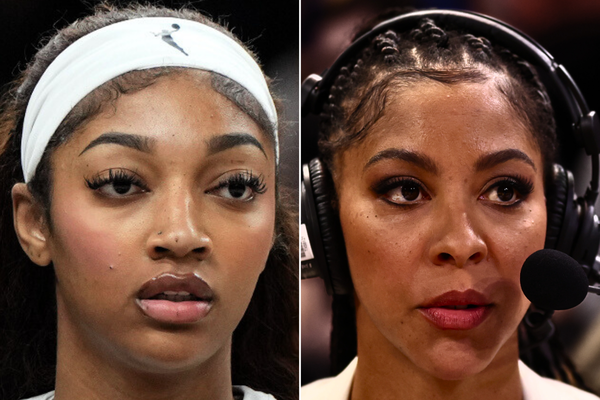
Caitlin Clark’s WNBA Footsteps Offer No Protection to Paige Bueckers From $78K Reality Check, Says Expert
While Paige Bueckers has a stronghold in the league, this other rookie has been making noise and stealing the ROTY spotlight.
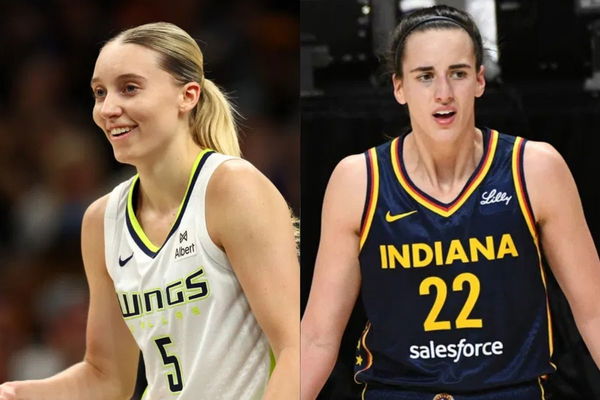
About WNBA
The Women's National Basketball Association (WNBA) is a women's professional basketball league, the women’s counterpart of the National Basketball Association (NBA). But unlike the men’s league, which has 30 teams, the WNBA is relatively newer and smaller with 12 teams.
Founded on April 24, 1996, the women’s basketball league began play in June 1997 after the NBA Board of Governors approved their concept. The WNBA now has a 5-month long regular season, played from May to September, with the All-Star game being played midway through the season in July. The playoffs usually begin in mid-September, with the WNBA Finals at the end of September until the beginning of October.
With names like Caitlin Clark and Angel Reese popularizing the NCAA side of things, the rookies’ advent into the pro leagues has helped the sport reach wider audiences across the globe. But veterans like Sheryl Swoopes and legends like Diana Taurasi are impacting the game in their own way.
For all the news on major sports moments to niche storylines, we are a one-stop hub for all your WNBA-related questions. From the New York Liberty to the Indiana Fever, from the Las Vegas Aces to the Minnesota Lynx, we also explore game-unrelated content featuring the entities’ personal lives and families. You’ll be able to find posts related to Brittney Griner’s son and A’ja Wilson’s family to Aerial Powers’ dating life.
Regular Season format
The pre-season begins with training camps in May that allow the coaching staff to prepare the players for the regular season and determine the 12-woman roster with which they will begin the regular season. The last part before the actual season starts is a series of exhibition games.
The WNBA regular season then begins in May and goes on till late September/ early October. As of 2023, each team will play 40 regular season games, 20 each home and away. As in the NBA, each team hosts and visits every other team at least once every season.
The rules allow for a slight relaxation every four years when the Summer Olympics are held. The WNBA takes a month off in the middle of the season to allow players to practice and compete with their respective national teams.
Similarly, during years in which the FIBA World Cup is held, the WNBA either takes a break for the World Cup or ends its season early, depending on the scheduling of the World Cup.
Postseason/Playoffs Format
The WNBA Playoffs usually begin in late September, with the only exception being the FIBA World Cup, when they begin in August. In the current system, the eight best teams by the regular-season record, without regard to conference alignment, qualify for the playoffs. Since 2022, the playoffs have been held in a standard knockout format, with the first round consisting of the best-of-three series and the semifinals and finals being best-of-five.
Leading the playoff standings and having a higher seed means several advantages - they will face weaker teams in the beginning and have home-court advantage in each round. In the current playoff format, all first-round matchups use a 2”“1 home-court pattern, which allows the higher seed the opportunity to win the series without having to visit the lower seed. This, in turn, means that a lower seed that wins one of the first two games will host the series decider.
The first round is bracketed in the normal manner for an 8-team tournament, with 1 vs. 8 and 4 vs. 5 on one side of the bracket and 2 vs. 7 and 3 vs. 6 on the other. The winners of each series advance to the semifinals, with the bracket not being reseeded. The semifinals use a 2”“2”“1 home-court pattern, meaning that the higher-seeded team will have home court in games 1, 2, and 5 while the other team plays at home in games 3 and 4. The Finals are also played in a 2”“2”“1 home-court pattern.
WNBA’s All-Star Game
In the middle of the season in July, the WNBA season takes a pause to host the annual WNBA All-Star Game. It’s a weekend-long event, held in a selected WNBA city each year.
Like numerous other sports, through the 2017 edition, the All-Star Game featured star players from the Western Conference facing star players from the Eastern Conference. But since 2018, conference affiliations have not influenced team selections.
During the season, voting for All-Star starters takes place among fans, WNBA players, and sports media members. The starters are selected by a weighted vote (fans 50%, players and media 25% each), while reserves are selected by the league's head coaches. The two players with the most fan votes are named team captains, who then fill out their teams in a draft format similar to that currently used for the NBA All-Star Game.
WNBA Teams which are counterparts of NBA teams
Five WNBA teams have direct NBA counterparts and normally play in the same arena: Indiana Fever (Indiana Pacers), New York Liberty (Brooklyn Nets), Minnesota Lynx (Minnesota Timberwolves), Los Angeles Sparks (Los Angeles Lakers), and Phoenix Mercury (Phoenix Suns).
The Atlanta Dream, Chicago Sky, Connecticut Sun, Dallas Wings, Las Vegas Aces, Seattle Storm, and Washington Mystics do not share an arena with a direct NBA counterpart.
WNBA expansion over the years
The WNBA originated with 8 teams in 1997, and through a sequence of expansions, contractions, and relocations currently consists of 12 teams. There have been a total of 18 franchises in WNBA history.
As of the league's most recent 2022 season, the Las Vegas Aces (formerly the Utah Starzz and San Antonio (Silver) Stars), Los Angeles Sparks, New York Liberty, and Phoenix Mercury are the only remaining franchises that were founded in 1997.
Upcoming teams in the WNBA:
| Team | City | Arena | Capacity | Joining | Head Coach |
| Golden State Valkyries | San Francisco, California | Chase Center | 18,064 | 2025 | TBA |
| Toronto WNBA Team | Toronto, Ontario | Coca-Cola Coliseum | 8700 | 2026 | TBA |
Teams with the most championships
| Team | Total Championships | Year(s) Won |
| Minnesota Lynx | 4 | 2011, 2013, 2015, 2017 |
| Houston Comets | 4 | 1997, 1998, 1999, 2000 |
| Seattle Storm | 4 | 2004, 2010, 2018, 2020 |
| Los Angeles Sparks | 3 | 2001, 2002, 2016 |
| Phoenix Mercury | 3 | 2007, 2009, 2014 |
| Detroit Shock (Now Dallas Wings) | 3 | 2003, 2006, 2008 |
| Las Vegas Aces | 2 | 2022, 2023 |
Awards given in the WNBA
When the regular season ends in September (or August if it’s a FIBA year), the voting for individual awards begins. Performances in the playoffs have no bearing on all-season-long awards, as they have their own set of honors.
Beginning with Rookie of the Year, the award goes to the most outstanding first-year player. The Most Improved Player Award is given to the WNBA player who has undergone the most positive change in the last season.
The Sixth Player of the Year Award, previously known as the "Sixth Woman" award, is given to the best player coming off the bench. But they must have more games coming off the bench than actual games started.
Another prestigious honor is the Defensive Player of the Year Award, which goes to the league's best defender. There is also an award for the best sportsman, called the Kim Perrot Sportsmanship Award.
Coaches get recognized too with the Coach of the Year Award for making a significant difference to a team in a positive direction.
And finally, one of the most awaited awards, the Most Valuable Player Award is given to the player deemed the most valuable for her team that season.
A new title that began in 2019 is a season-long version of the WNBA Community Assist Award given to a player for her exceptional contribution to community service.
Focusing on teams, there is the Basketball Executive of the Year Award, presented to the team executive most instrumental in his or her team's success in that season. Then there are also the All-WNBA Teams, the All-Defensive Teams, and the All-Rookie Team, consisting of 5 players each without regard to position. And lastly, there is also an All-Rookie team, consisting of the top five first-year players regardless of position.











